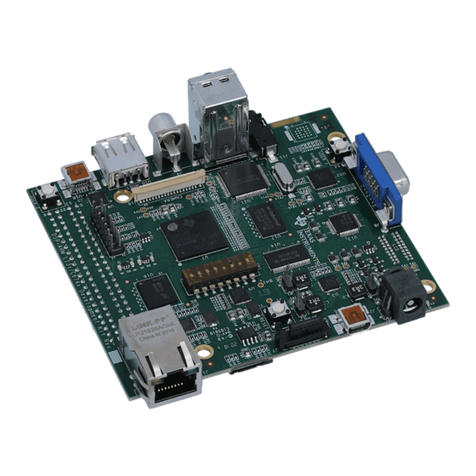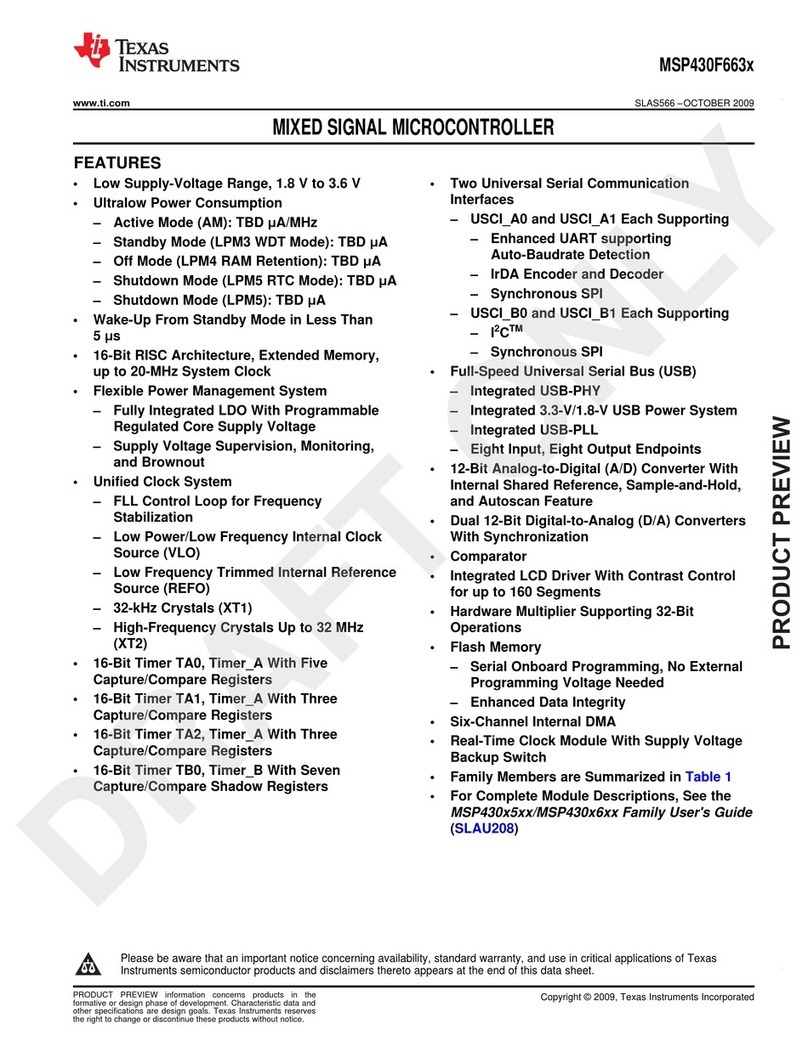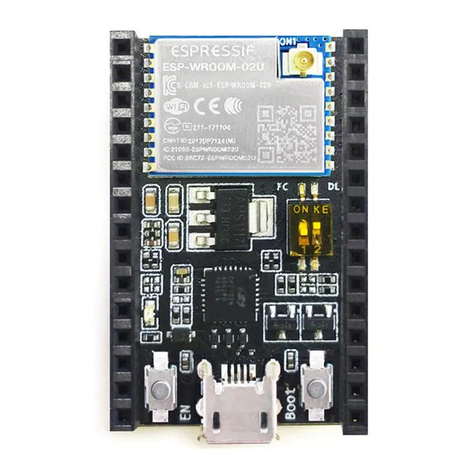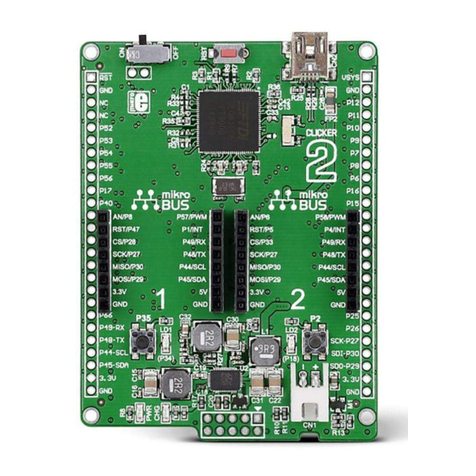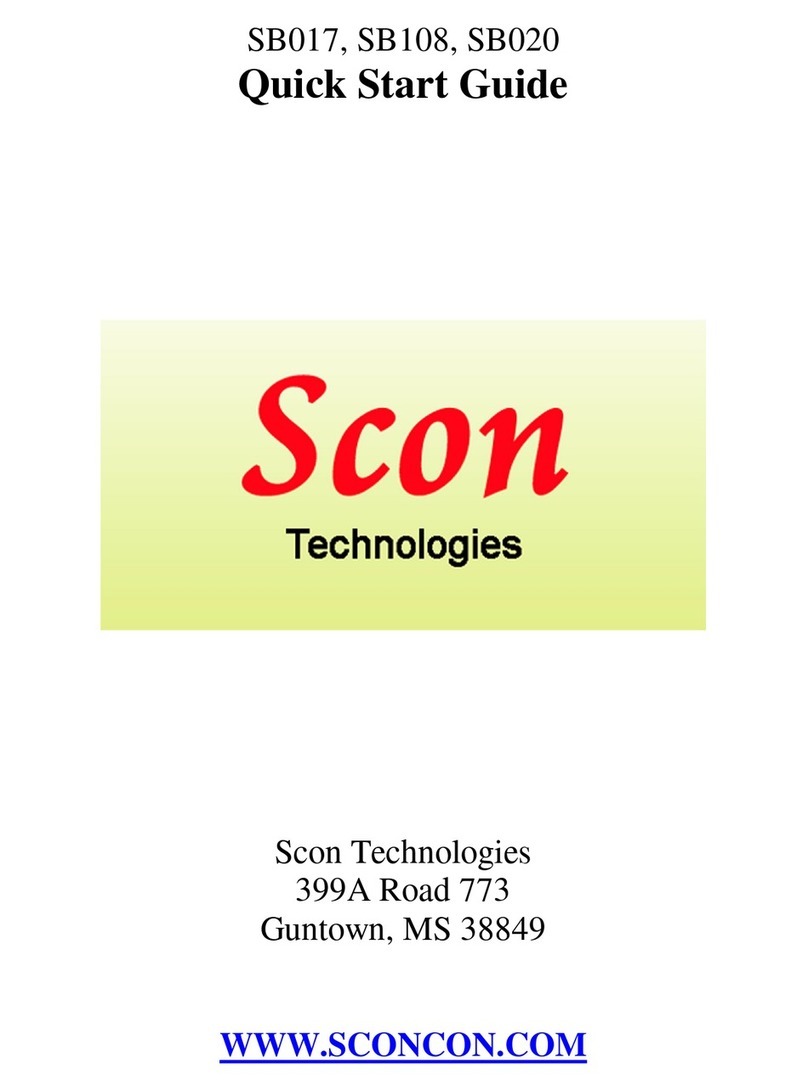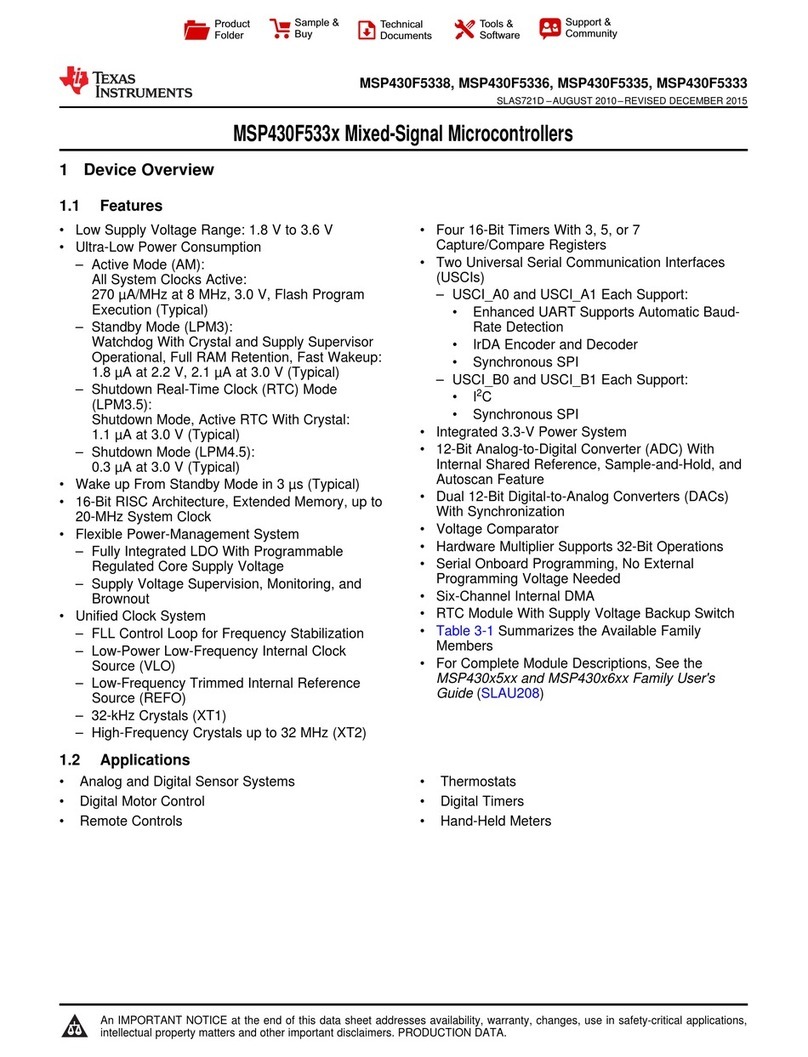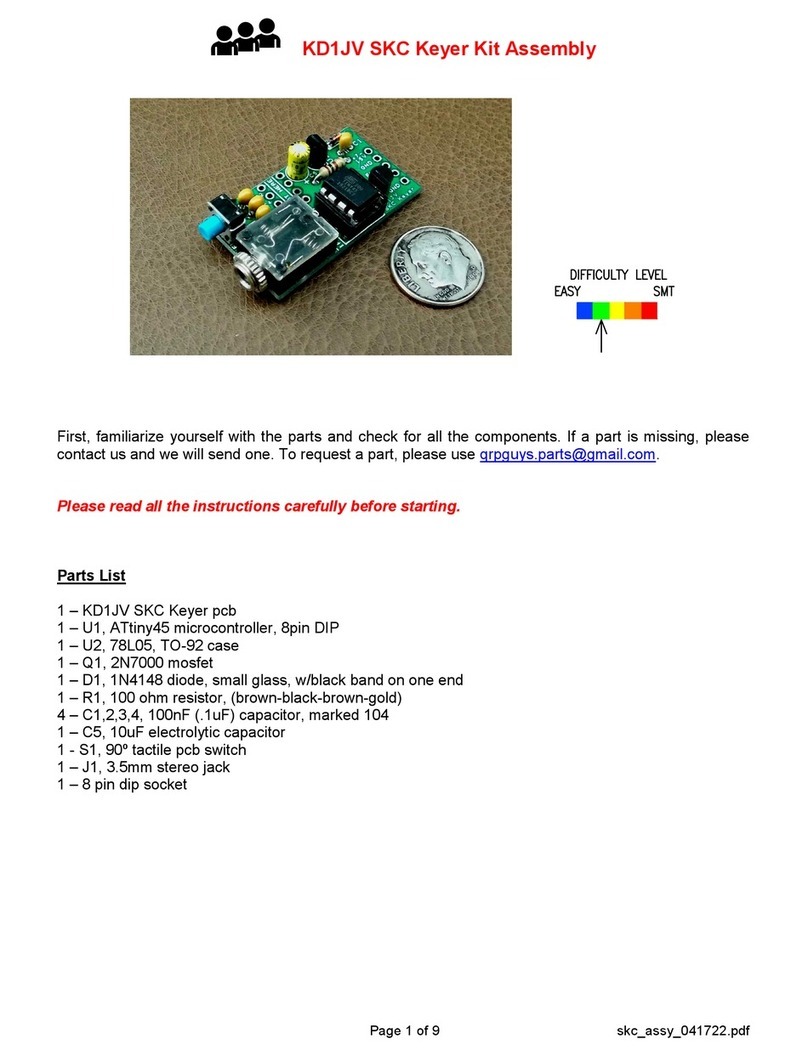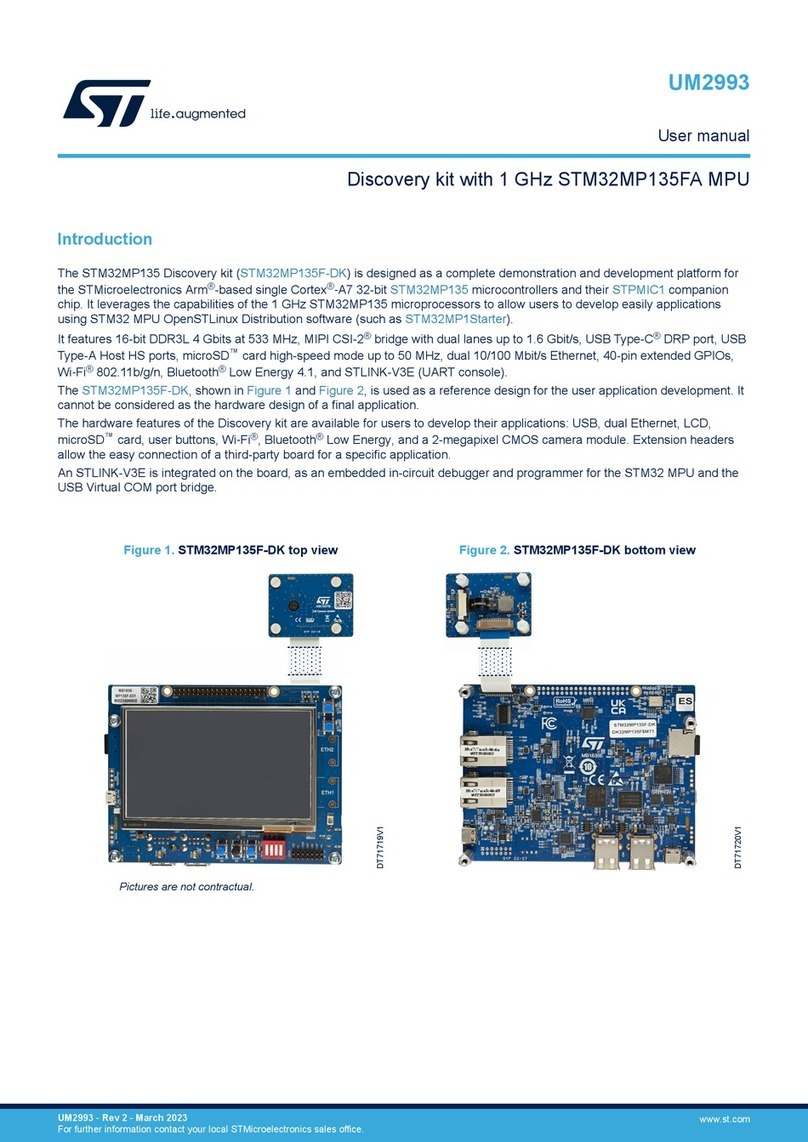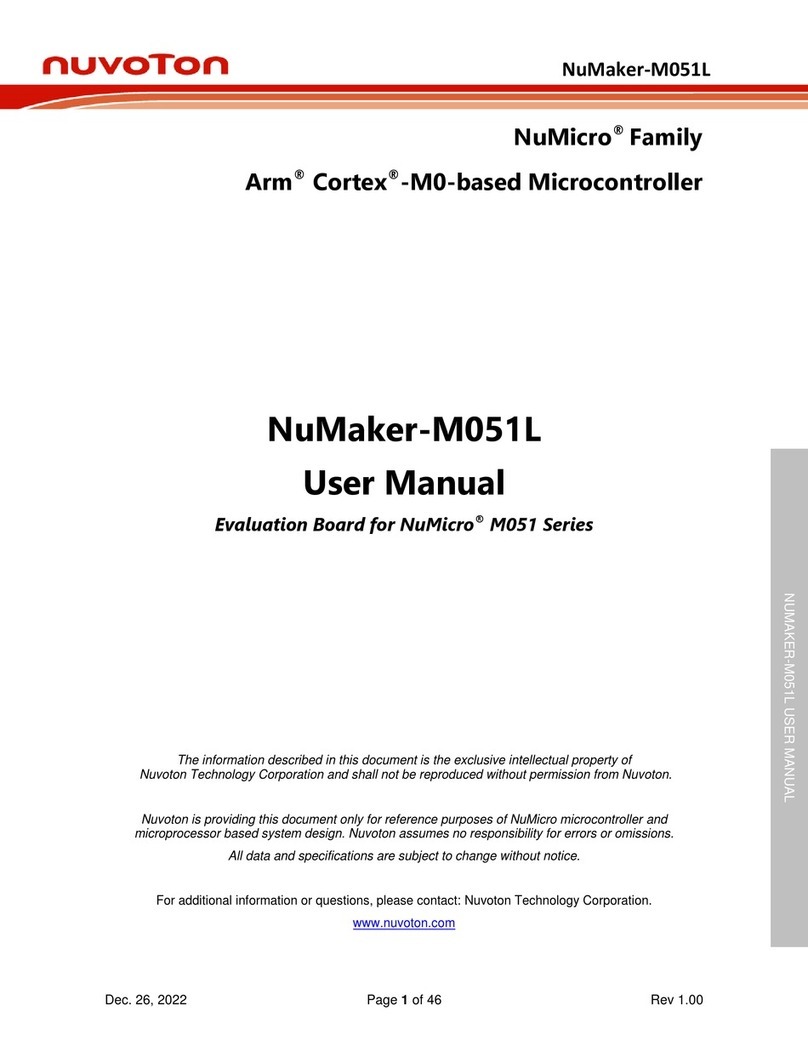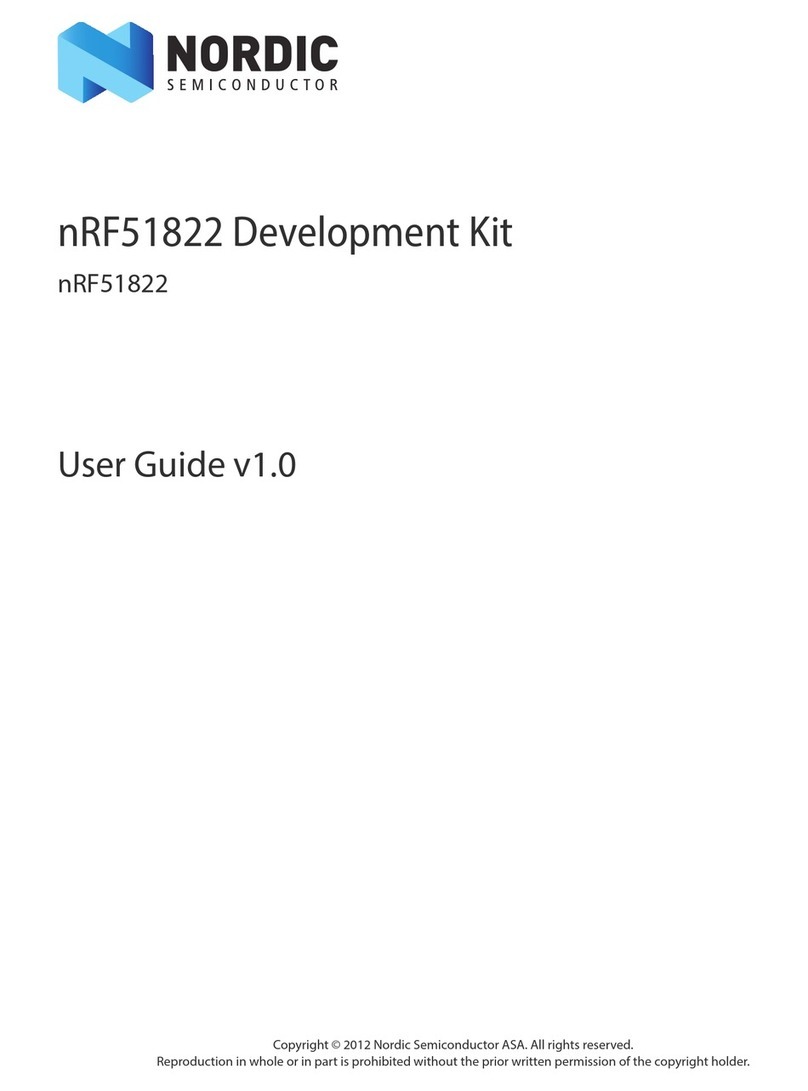BAT32G1x9 User Manual | Chapter 1 CPU
www.mcu.com.cn 15 / 1149 Rev.1.02
19.1 Functions of the Universal Serial Communication Unit...............................................................563
19.1.1 3 wire serial I/O (SSPI00, SSPI01, SSPI10, SSPI11, SSPI20, SSPI21, SSPI30, SSPI31)..563
19.1.2 UART (UART0~UART3).......................................................................................................564
19.1.3 Simple I2C (IIC00, IIC01, IIC10, IIC11, IIC20, IIC21, IIC30, IIC31)........................................565
19.2 The structure of a universal serial communication unit...............................................................566
19.2.1 Shift Register (SCI0)...............................................................................................................569
19.2.2 The serial data register mn (SDRmn) is either 8 bits low or 9 bits low (SCI0).......................569
19.2.3 Shift Register (SCI1/SCI2)......................................................................................................571
19.2.4 Serial data register mn(SDRmn) (SCI1/SCI2)........................................................................571
19.3 Control registers of the universal serial communication unit ......................................................573
19.3.1 Peripheral enable register 0/2 (PER0/PER2).........................................................................575
19.3.2 Serial clock selection register m (SPSm)...............................................................................576
19.3.3 Serial mode register mn (SMRmn).........................................................................................577
19.3.4 Serial communication runs the set register mn (SCRmn)......................................................579
19.3.5 Serial data register mn(SDRmn) (SCI0 i.e. m=0)...................................................................582
19.3.6 Serial data register mn(SDRmn) (SCI1/SCI2 i.e. m=1/2).......................................................583
19.3.7 The serial flag clears the trigger register mn (SIRmn)...........................................................584
19.3.8 Serial status register mn (SSRmn).........................................................................................585
19.3.9 Serial channel start register m(SSm). ....................................................................................587
19.3.10 Serial channel stop register m(STm)......................................................................................588
19.3.11 Serial channel enable status register m (SEm)......................................................................589
19.3.12 Serial output enable register m (SOEm). ...............................................................................590
19.3.13 Serial output register m(SOm)................................................................................................591
19.3.14 Serial output level register m(SOLm).....................................................................................592
19.3.15 Input Switch Control Register (ISC). ......................................................................................594
19.3.16 Noise filter enable register 0 (NFEN0). ..................................................................................595
19.3.17 Registers that control serial input/output pin port functions...................................................596
19.4 Run stop mode ............................................................................................................................597
19.4.1 Case when the operation is stopped on a unit basis .............................................................597
19.4.2 Case of stop operation by channel.........................................................................................598
19.5 3-wire serial I/O (SSPI00, SSPI01, SSPI10, SSPI11, SSPI20, SSPI20, SSPI20, SSPI20,
Operation of SSPI21, SSPI30, SSPI31) communication..........................................................................599
19.5.1 Master send............................................................................................................................600
19.5.2 Master receive........................................................................................................................608
19.5.3 Sending and receiving of the master......................................................................................616
19.5.4 Slave sending.........................................................................................................................624
19.5.5 Slave receive ..........................................................................................................................632
19.5.6 Slave sending and receiving...................................................................................................638
19.5.7 Calculate the transmit clock frequency...................................................................................647
19.5.8 In 3-wire serial I/O (SSPI00, SSPI01, SSPI10, SSPI11, SSPI20 , SSPI21, SSPI30, SSPI31)























